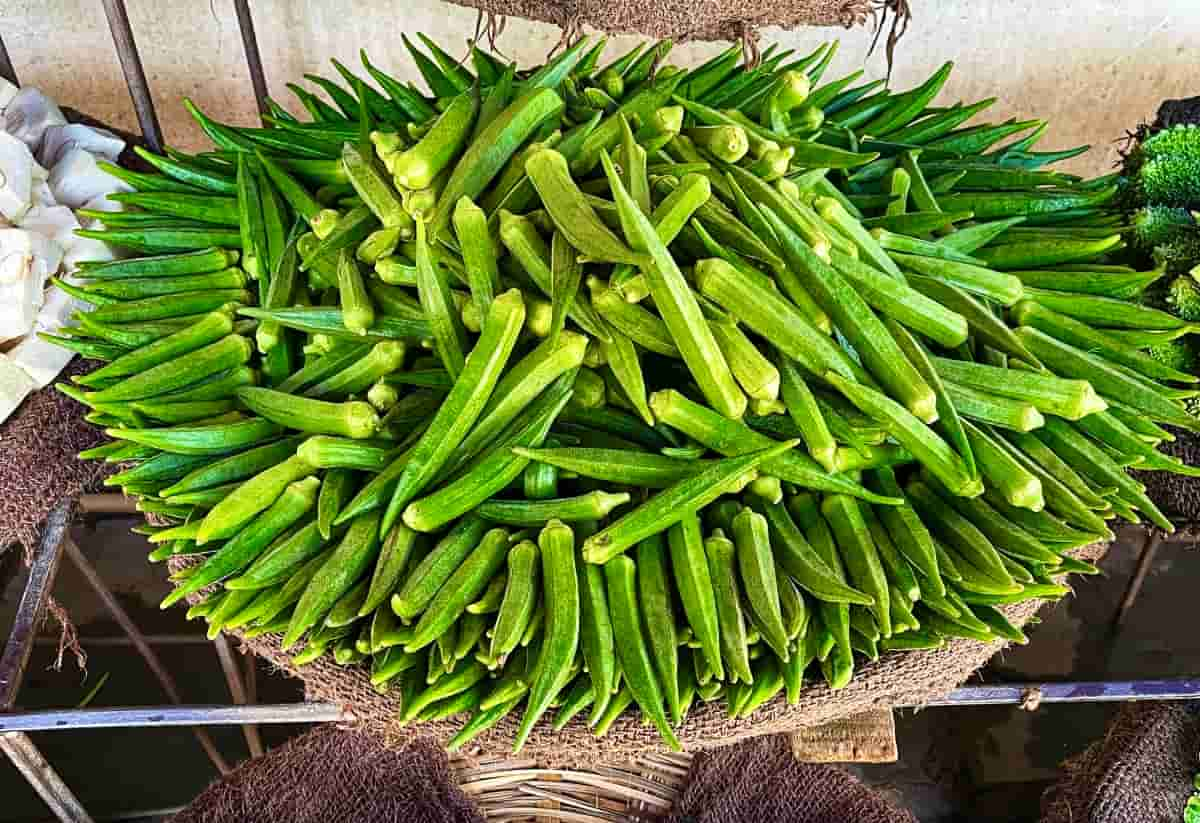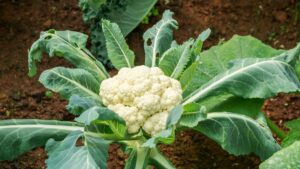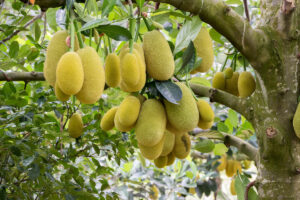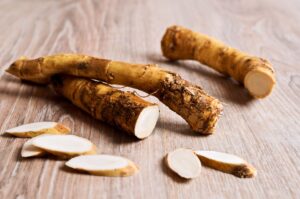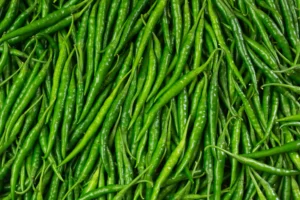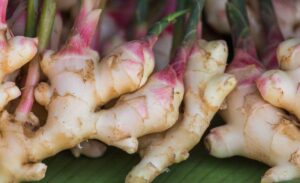How to Grow and Use Culinary Herbs: Lady’s Finger (Okra) Growing Guide
Lady’s finger, commonly known as okra or Abelmoschus esculentus, is a versatile and nutritious vegetable that has gained significant popularity in the US culinary scene. With its unique texture and flavor profile, okra has become an essential ingredient in Southern cuisine, soups, stews, and many international dishes. Growing your own okra plants at home not only ensures a fresh supply but also adds beautiful ornamental value to your garden with its attractive yellow flowers and distinctive pods.
This comprehensive guide will walk you through everything you need to know about growing lady’s finger at home, whether you’re working with a spacious garden, limited container space, or even growing indoors. By following these expert tips, you’ll soon be harvesting your own crisp, tender okra pods right from your personal growing space.
Understanding Lady’s Finger (Okra)
Before diving into cultivation methods, it’s important to understand what makes okra thrive. Lady’s finger belongs to the mallow family and is related to cotton, hibiscus, and hollyhock. This warm-season vegetable requires:
- Full sun exposure (6-8 hours daily)
- Warm temperatures (65-95°F)
- Well-draining, fertile soil
- Consistent moisture
- Long growing season (50-65 days to harvest)
According to the USDA National Agricultural Library, okra is not only delicious but also offers impressive nutritional benefits, containing significant amounts of vitamin C, vitamin K, and folate, as well as antioxidants that promote health.
Growing Lady’s Finger from Seeds
Seed Selection and Preparation
Starting with high-quality seeds increases your chances of success. The US market offers several excellent okra varieties to choose from:
- Clemson Spineless: The most popular variety in the US, known for its tender pods without prickly spines
- Burgundy: Features attractive red pods that turn green when cooked
- Emerald: Known for producing especially tender pods
- Annie Oakley: A compact variety perfect for containers
- Jambalaya: Early-maturing variety ideal for shorter growing seasons
To prepare your seeds for optimal germination:
- Soak seeds in warm water for 12-24 hours before planting to soften the hard seed coat
- Discard any seeds that float, as they may not be viable
- Allow soaked seeds to dry slightly before sowing
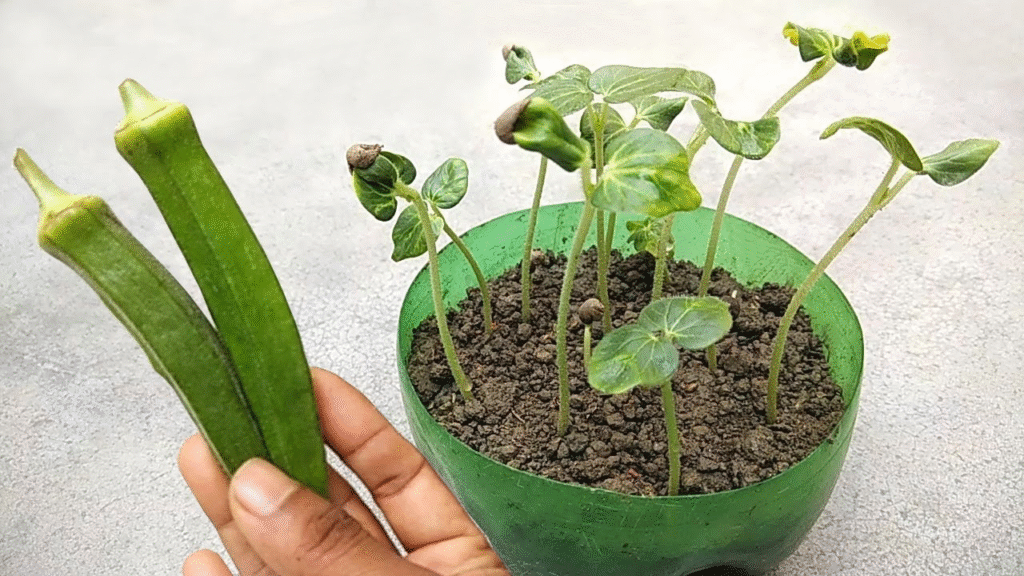
Planting Lady’s Finger Seeds Outdoors
When growing okra directly in your garden:
- Wait until soil temperatures reach at least 65°F (typically 2-3 weeks after the last frost)
- Prepare garden beds by incorporating 2-3 inches of compost
- Plant seeds 1 inch deep and 3 inches apart
- Space rows 3-4 feet apart
- Thin seedlings to 12-18 inches apart once they reach 3 inches tall
- Keep soil consistently moist until germination (typically 7-14 days)
Growing Lady’s Finger in Containers
Don’t have garden space? No problem! Lady’s finger grows exceptionally well in containers:
- Select a container at least 12 inches deep and 12-16 inches in diameter
- Ensure adequate drainage holes
- Use high-quality potting mix enriched with compost
- Plant 2-3 seeds per container
- Place in a location receiving full sun
- Water when the top inch of soil feels dry
- Feed with balanced liquid fertilizer monthly
Indoor Lady’s Finger Cultivation
Growing okra indoors presents more challenges but is certainly possible with the right approach:
Setting Up Your Indoor Growing Space
- Select a south-facing window that receives at least 6 hours of direct sunlight
- Alternatively, use full-spectrum LED grow lights positioned 6-12 inches above plants
- Maintain temperatures between 75-85°F during the day and not below 65°F at night
- Consider using a heating mat under seed trays to encourage germination
- Ensure good air circulation with a small fan to prevent fungal issues
Indoor Planting Process
- Use deep containers (at least 12 inches) filled with lightweight potting mix
- Plant seeds 1 inch deep, 2-3 seeds per large container
- Cover with clear plastic until germination to maintain humidity
- Once seedlings emerge, remove covering
- Thin to the strongest plant per container
- Support tall plants with stakes as they grow
- Hand-pollinate flowers by transferring pollen between blooms using a small brush
Caring for Your Lady’s Finger Plants
Watering Requirements
Proper watering is crucial for healthy okra development:
- Water deeply when the top inch of soil feels dry
- Apply approximately 1 inch of water weekly, adjusted for rainfall
- Use drip irrigation or soaker hoses to keep foliage dry
- Increase watering during pod formation and in hot weather
- Apply mulch around plants to retain moisture and suppress weeds
Fertilization Schedule
Okra is a moderate feeder that benefits from:
- Initial application of balanced fertilizer (10-10-10) at planting time
- Side dressing with compost or balanced fertilizer when plants reach 12 inches tall
- Additional feeding when flowering begins
- Avoiding excessive nitrogen, which promotes foliage at the expense of pod production
Common Pests and Diseases
Keep an eye out for these common okra challenges:
| Pest/Disease | Symptoms | Organic Control Methods |
|---|---|---|
| Aphids | Clusters of small insects on leaves, sticky residue | Insecticidal soap, neem oil, strong water spray |
| Japanese Beetles | Skeletonized leaves, chewed pods | Hand-picking, row covers, neem oil |
| Fusarium Wilt | Yellowing leaves, wilting despite watering | Crop rotation, resistant varieties, soil solarization |
| Powdery Mildew | White powdery coating on leaves | Proper spacing, avoid overhead watering, neem oil spray |
| Root-Knot Nematodes | Stunted growth, swollen root knots | Crop rotation, adding organic matter, companion planting with marigolds |
Harvesting and Using Your Lady’s Finger
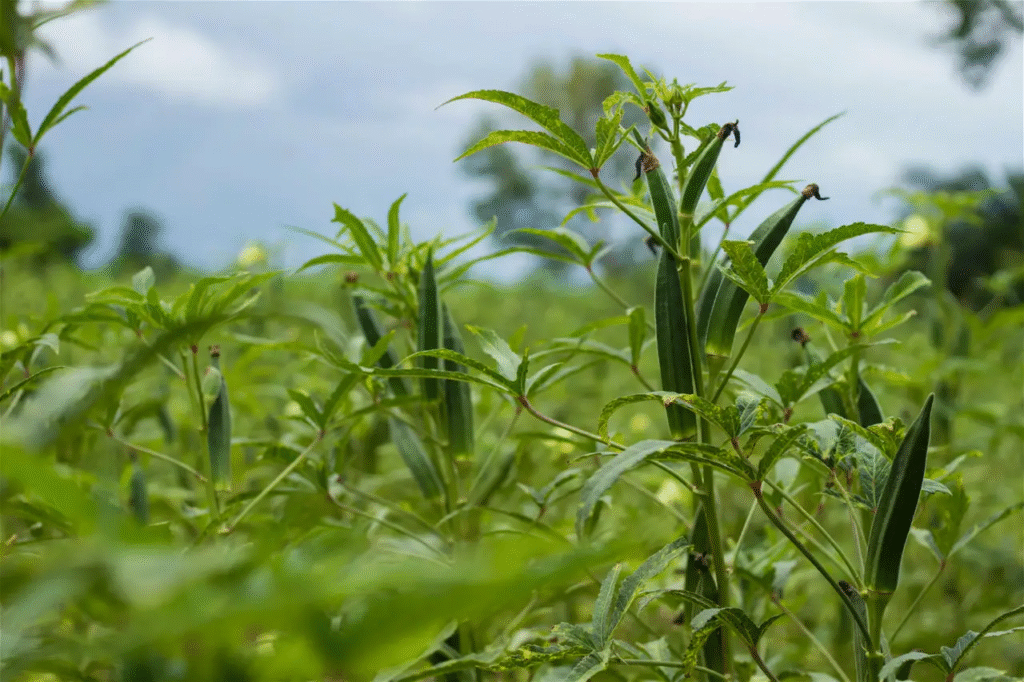
When and How to Harvest
For the best flavor and texture:
- Harvest pods when they reach 2-4 inches long (typically 4-6 days after flowering)
- Use sharp garden shears or pruners to cut pods from the plant
- Harvest frequently (every 1-2 days) to encourage continued production
- Wear gloves during harvest to protect from prickly stems and leaves
- Harvest in the morning when temperatures are cooler
Storing Your Harvest
To maintain freshness:
- Store unwashed pods in perforated plastic bags in the refrigerator for up to 7 days
- For longer storage, blanch and freeze pods
- Alternatively, dehydrate sliced okra for soups and stews
Culinary Uses
Your homegrown okra can elevate numerous dishes:
- Southern-style fried okra with cornmeal coating
- Addition to gumbos and stews for natural thickening
- Roasted whole pods with olive oil and spices
- Pickled okra as a tangy appetizer or garnish
- Grilled okra brushed with olive oil and seasonings
- Sautéed with onions and tomatoes as a simple side dish
Troubleshooting Common Growing Issues
Plants Not Producing Pods
If your plants look healthy but aren’t producing:
- Check temperatures (too hot or cold can prevent pod formation)
- Ensure adequate pollination (consider hand-pollinating)
- Verify plants receive enough sunlight
- Check for nutrient deficiencies
Tough, Fibrous Pods
To avoid woody, inedible pods:
- Harvest regularly and promptly
- Don’t allow pods to grow too large
- Maintain consistent watering
- Choose tender varieties
Yellow Leaves
Yellowing foliage might indicate:
- Nutrient deficiencies (particularly nitrogen)
- Overwatering or poor drainage
- Disease issues
- Normal aging of lower leaves
Advanced Growing Techniques
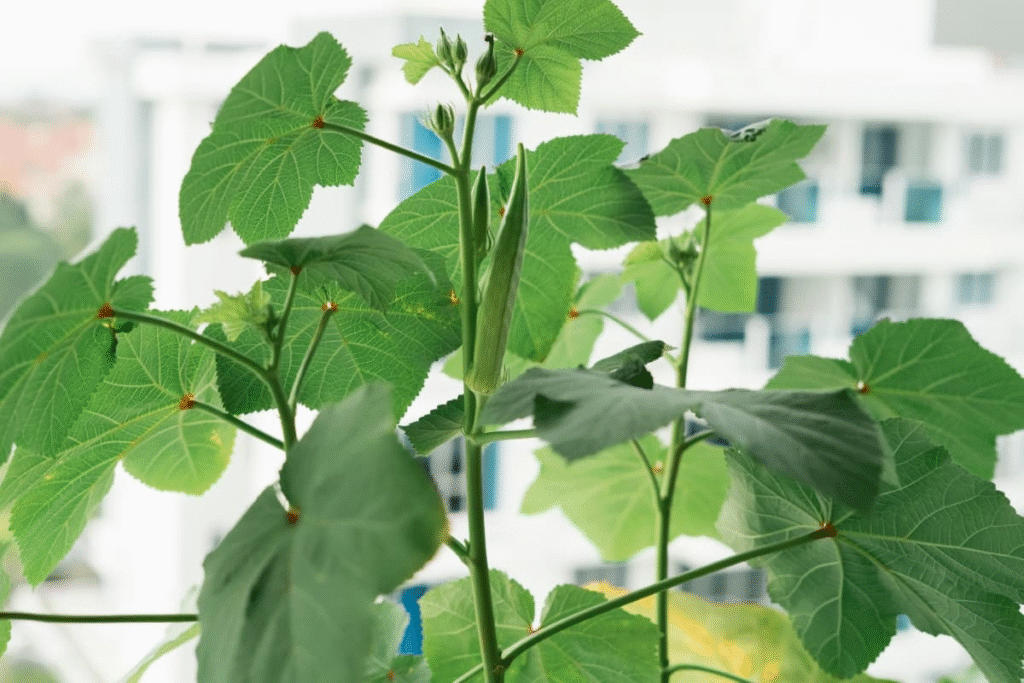
Succession Planting
To extend your harvest period:
- Plant new seeds every 2-3 weeks throughout the growing season
- Continue until 3 months before your first expected frost
- This ensures continuous harvests until frost kills plants
Companion Planting
Lady’s finger grows well alongside:
- Sweet potatoes (utilize different soil levels)
- Peppers (similar growing conditions)
- Eggplant (similar needs)
- Basil (repels pests)
- Marigolds (deter nematodes)
Avoid planting near:
- Fennel (inhibits growth)
- Brassicas like cabbage and broccoli (compete for nutrients)
The US Market for Lady’s Finger
The popularity of lady’s finger in the United States continues to grow, with increased consumer interest in diverse, nutritious vegetables. According to market research:
- The US okra market value reached approximately $175 million in 2023
- Southern states lead production, with Texas, Florida, and Georgia as top producers
- Growing interest in international cuisines has expanded okra’s appeal beyond traditional markets
- Organic okra commands premium prices, often 30-40% higher than conventional
Home gardeners who produce excess okra may find opportunities to sell at local farmers’ markets, where fresh, locally-grown produce commands premium prices.
Saving Seeds for Next Season
To maintain your okra supply year after year:
- Allow several pods to remain on healthy plants until they become completely dry and brown
- Harvest these mature pods and remove the large, round seeds
- Dry seeds thoroughly for 1-2 weeks in a cool, dry location
- Store in paper envelopes or glass jars in a cool, dark place
- Properly stored seeds remain viable for 2-3 years
Conclusion
Growing lady’s finger at home—whether in your garden, in containers, or indoors—provides you with access to fresh, nutritious produce while connecting you to the satisfaction of growing your own food. By following the guidelines in this comprehensive guide, you’ll be well-equipped to cultivate abundant okra harvests.
Remember that successful okra cultivation relies on warm conditions, consistent care, and timely harvesting. With these principles in mind, you’ll soon be enjoying the unique texture and flavor of home-grown lady’s finger in your favorite recipes.
For additional resources and information about growing vegetables at home, visit the USDA’s Cooperative Extension System website which offers region-specific growing advice from agricultural experts across the United States.
